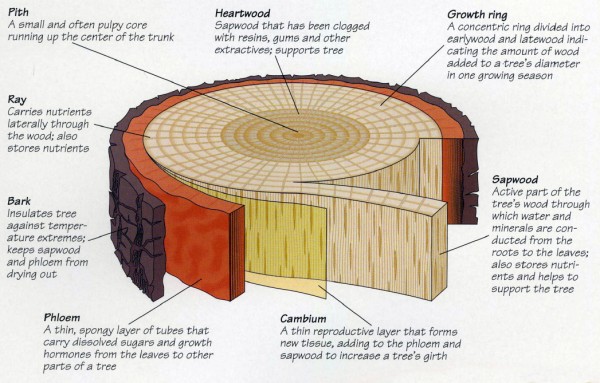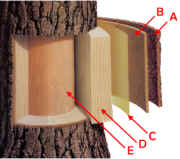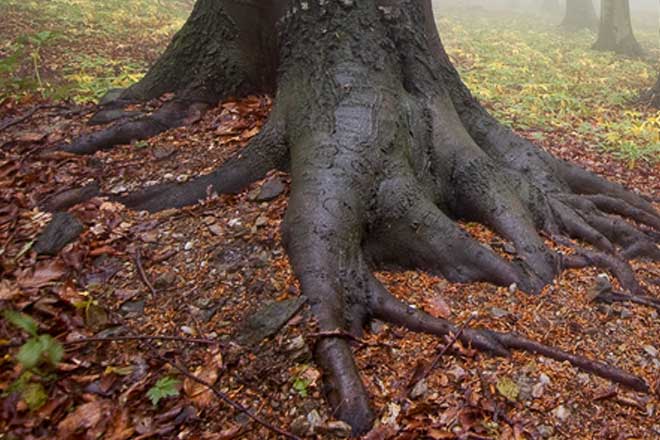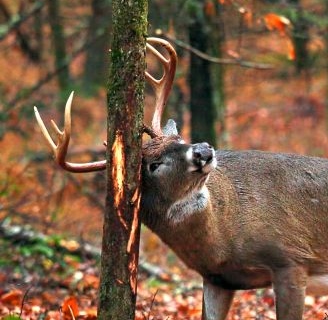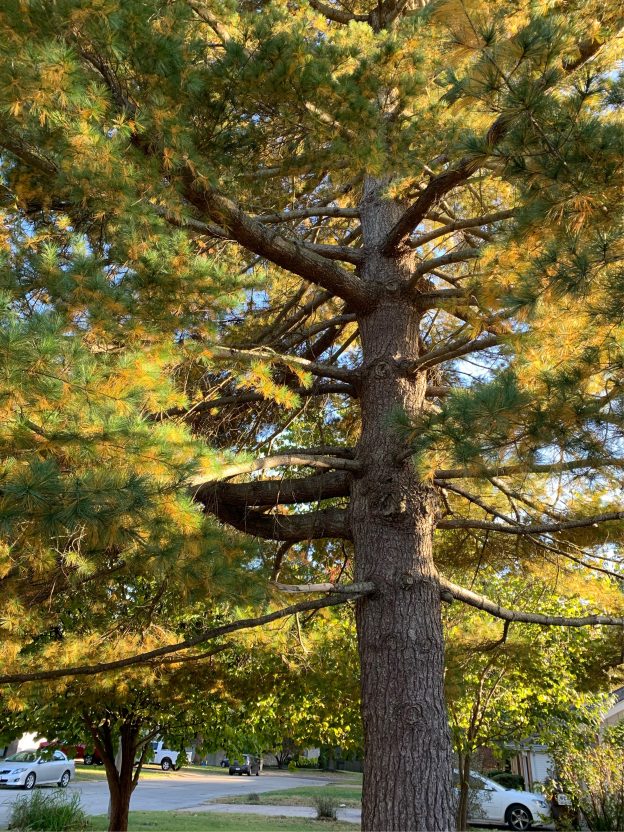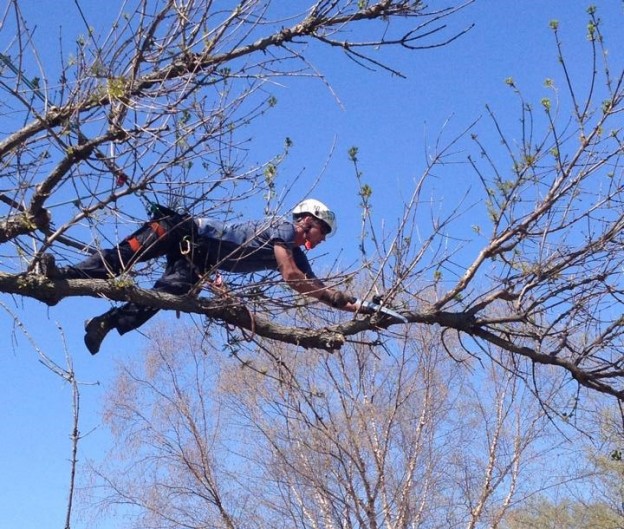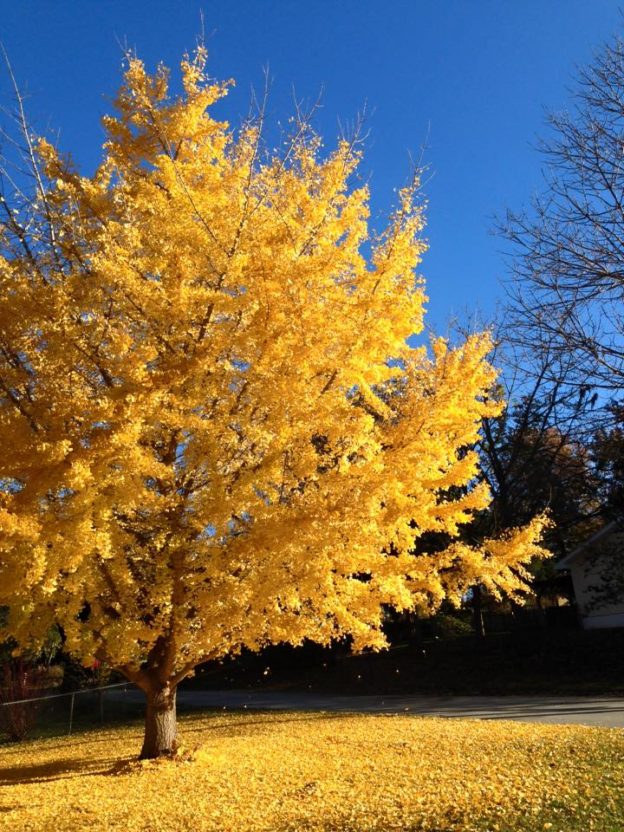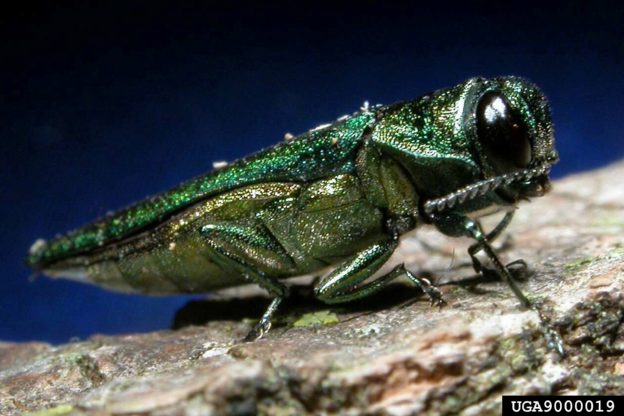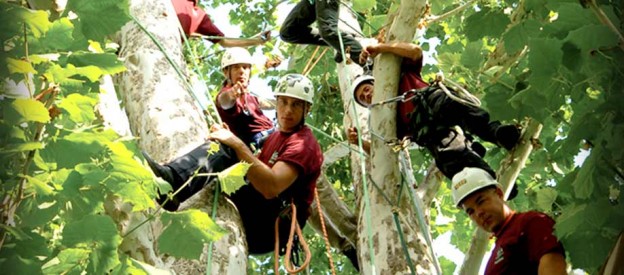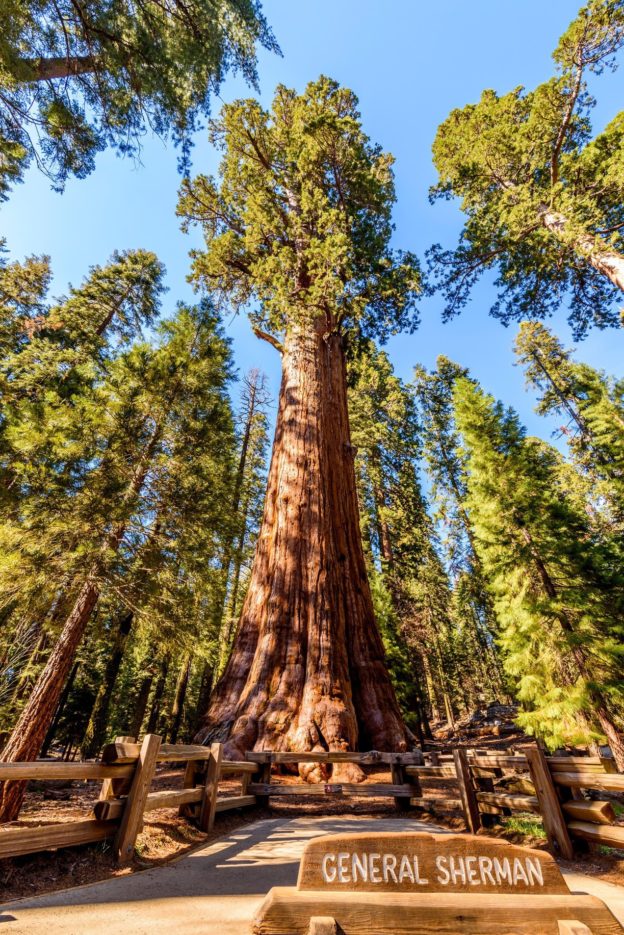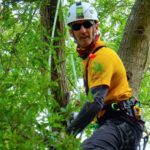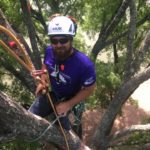Proper pruning in late winter leads to strong, lush trees and shrubs in the springtime
Pruning cuts are made slightly beyond the branch collar.
Pruning cuts are made slightly beyond the branch collar. COURTESY OF JOHNSON COUNTY K-STATE RESEARCH & EXTENSION
BY DENNIS PATTON for Kansas City Star (MO), FEBRUARY 12, 2020 03:42 PM
Does pruning strike more fear in your heart than a trip to the doctor? Pruning sounds complicated, but once you understand the basic guidelines, the rest falls into place.
PROPER PRUNING IN LATE WINTER – KNOW WHERE TO MAKE THE CUT
Most people hesitate knowing where to make the cut. Discerning “where” does not mean which specific limb needs to be removed. It means where precisely on the branch the cut is to be made.
Every pruning cut should be made at the point where there is another branch, fork, crotch angle or new bud forming. Making the cut at a growth point reduces the chance of decay and uncontrolled growth. Directing new growth is the goal of pruning, not merely pruning to remove growth.
Pruning to this juncture removes tall overgrown limbs, reduces plant height and thins out the plant. When extreme weather impacts our neighborhoods, pruning will reduce the weight of snow, ice and wind, which can lead to branch failure.
The energy that once supported the removed limb is now channeled into the growth of the remaining limbs. It is important to understand the concept of directional pruning.
The direction of the remaining limb or bud will point to where the growth will head. Attempting to control height? Prune to a side-pointing limb. Need to reduce spread? Prune to an upward pointing limb. Tired of the low-hanging limb hitting you in the face? Find a branch growing upward. See how this works?
Removing a limb back to another branch thins out a tree or shrub for better light penetration and less wind resistance. Not only does this apply to shade trees, but flowering and fruit trees as well. More sunlight penetrating the plant will lead to more flowering and fruit development.
HOW TO MAKE THE CUT
Now that you are confident in knowing where to make the cut, the next step is to do it properly. Pruning is an injury to the plant or tree, wounding the wood. The goal is to quickly heal the wound with a correctly made cut.
Pruning cuts are made slightly beyond the branch collar, where a layer of cambium growth has the ability of rapidly sealing off the cut. The branch collar is the raised, rough growth of bark tissue at the crotch angle. Remember, the cut is always made back to a branch angle.
Try to avoid cutting to the outside of the branch collar as it will leave a slight bump. We want to steer clear of creating a stub, a longer piece of wood sticking out. Stubs do not heal and lead to decay or uncontrolled growth. Cutting too close results in a flush cut, which removes the bark collar, leaving a bigger wound. A larger wound is slower to seal and increases the chance of decay.
Tree pruning is done in late winter before new growth. The lack of foliage reveals problem areas, making it easier to know which limbs to remove. Spring is a time of rapid growth for quick recovery. Now go forth and prune. I have confidence in your abilities.
Dennis Patton is a horticulture agent with Kansas State University Research and Extension. Got a question for him or other university extension experts? Email them to garden.help@jocogov.org.
https://www.kansascity.com/living/liv-columns-blogs/kc-gardens/article240239351.html

